Quiz Sciences
Last Updated:
IMPROVE YOUR KNOWLEDGE WITH OUR SCIENCE QUIZ
Are you passionate about science? We offer you a collection of science quizzes to test your knowledge on different subjects, such as physics, biology, chemistry, astronomy, geology, etc.
Our science quizzes are a fun and educational way to discover the world of science. With our selection of questions on different topics, you can test your knowledge about science and technology. Do you know the most important laws of physics? Can you name the different parts of the human body? Can you identify the different chemical elements? Our science quizzes are here to help you answer these questions and expand your scientific knowledge.
Our science quizzes will help you discover new topics and theories, as well as learn about the great scientists in history. Science quizzes are a fun way to reinforce your knowledge and discover the beauty and complexity of the universe. So if you are a science enthusiast or just curious, come test your knowledge with our science quizzes.
sciences
/ 10
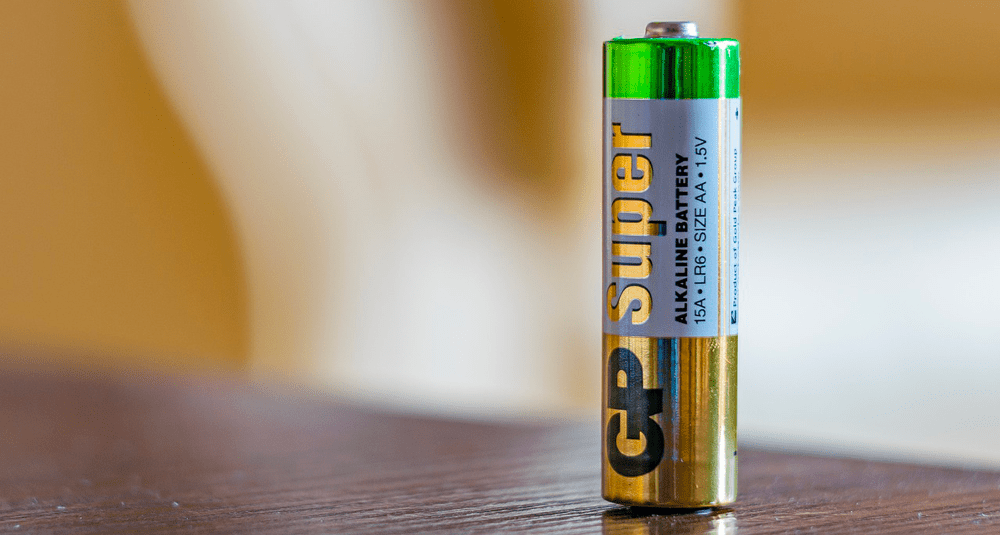
What is the name given to the first battery?
2Voltaic battery
1Electrochemical cell

🙌 Good answer
The first electric battery, invented by Alessandro Volta in 1800, is known as the voltaic battery.
Next question

😞 Wrong answer
The first electric battery, invented by Alessandro Volta in 1800, is known as the voltaic battery.
Next question
sciences
/ 10
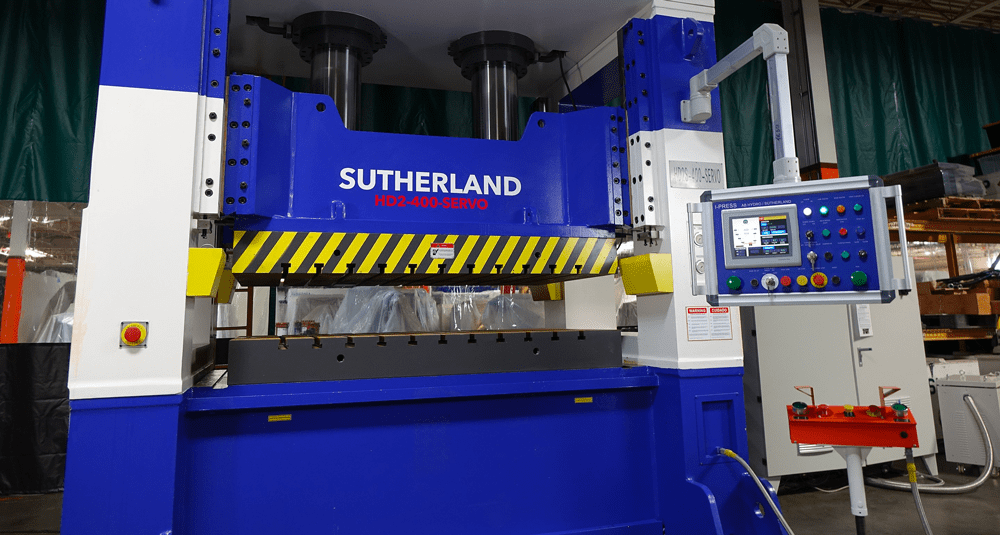
Which English mechanic and inventor developed the first hydraulic press in 1795?
2Joseph Bramah
1John Barber

🙌 Good answer
Joseph Bramah, an English mechanic and inventor, developed the first hydraulic press in 1795, revolutionizing industrial technology.
Next question

😞 Wrong answer
Joseph Bramah, an English mechanic and inventor, developed the first hydraulic press in 1795, revolutionizing industrial technology.
Next question
sciences
/ 10
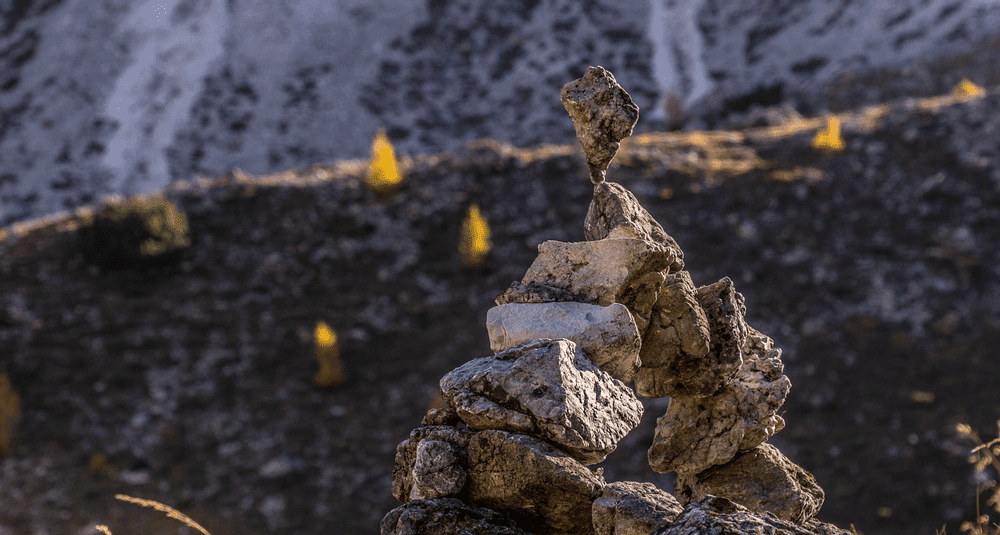
What scientist discovered the laws of gravity?
2Isaac Newton
1Albert Einstein

🙌 Good answer
It was Isaac Newton who discovered the laws of gravity in the 17th century, revolutionizing our understanding of the forces that govern the universe.
Next question

😞 Wrong answer
It was Isaac Newton who discovered the laws of gravity in the 17th century, revolutionizing our understanding of the forces that govern the universe.
Next question
sciences
/ 10
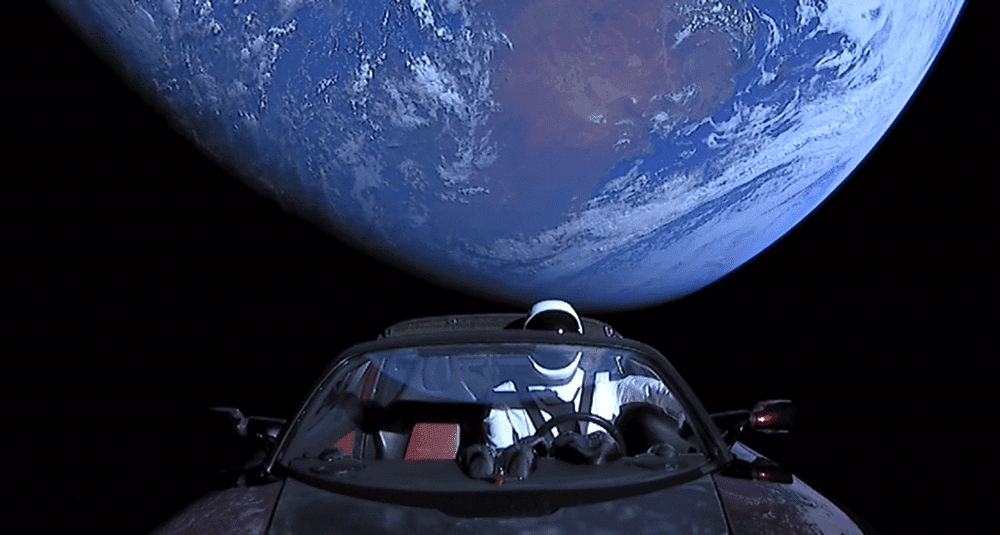
What is the brand of the car sent into space on the maiden flight of the Falcon Heavy rocket?
2Tesla
1Ferrari

🙌 Good answer
The Tesla Roadster is an automobile that was used as an empty load during the maiden flight of the Falcon Heavy rocket. In February 2018, it is launched into space.
Next question

😞 Wrong answer
The Tesla Roadster is an automobile that was used as an empty load during the maiden flight of the Falcon Heavy rocket. In February 2018, it is launched into space.
Next question
sciences
/ 10
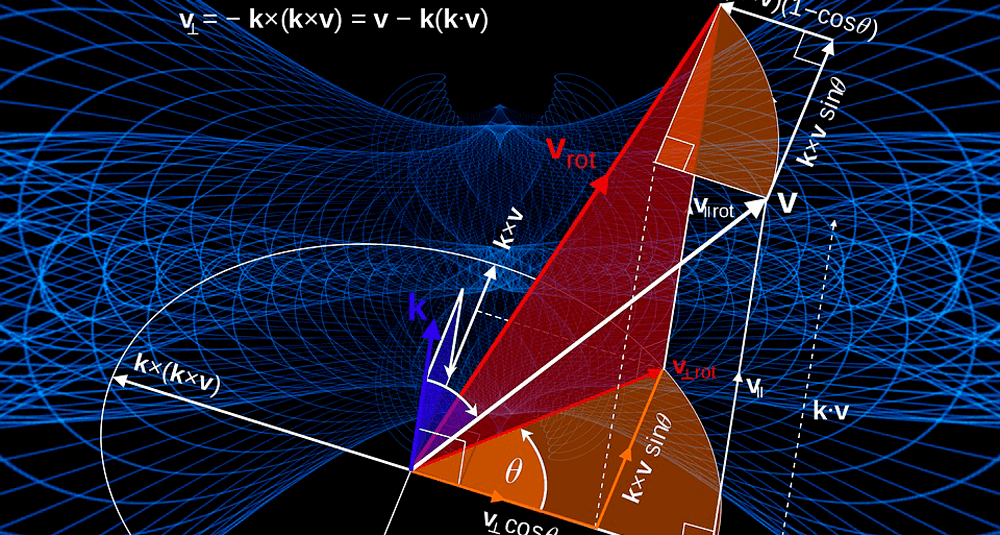
A circle passing through the three vertices of a triangle is inscribed or circumscribed?
2Circumscribed
1Inscribed

🙌 Good answer
A circle passing through the three vertices of a triangle is called the circumscribed circle. It is unique and its center is the point of intersection of the bisectors of the sides of the triangle.
Next question

😞 Wrong answer
A circle passing through the three vertices of a triangle is called the circumscribed circle. It is unique and its center is the point of intersection of the bisectors of the sides of the triangle.
Next question
sciences
/ 10
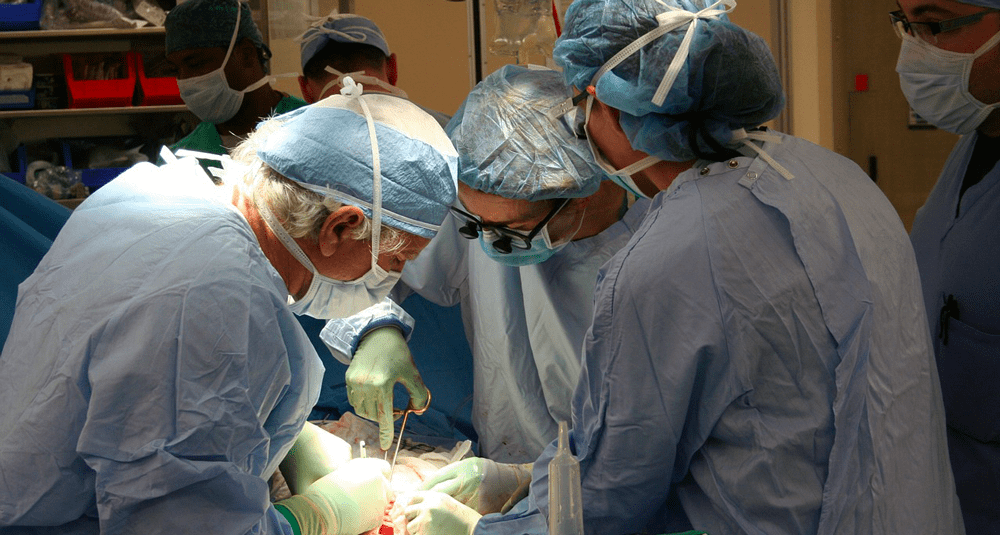
When did Joseph Murray perform the world's first successful kidney transplant?
11954
21974

🙌 Good answer
In December 1954, Joseph Murray performed the world's first successful kidney transplant on monozygotic twins, the Herrick twins at Peter Bent Brigham Hospital.
Next question

😞 Wrong answer
In December 1954, Joseph Murray performed the world's first successful kidney transplant on monozygotic twins, the Herrick twins at Peter Bent Brigham Hospital.
Next question
sciences
/ 10
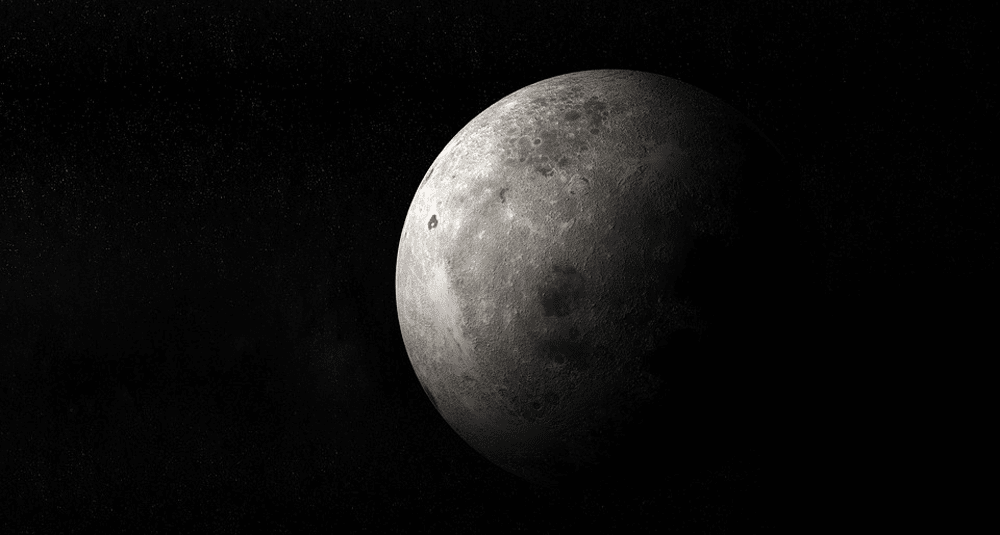
When did the Soviet probe Luna 2 reach the Moon?
11959
21968

🙌 Good answer
The first man-made object to reach the Moon was the Soviet Luna 2 probe, which crashed on September 14, 1959.
Next question

😞 Wrong answer
The first man-made object to reach the Moon was the Soviet Luna 2 probe, which crashed on September 14, 1959.
Next question
sciences
/ 10
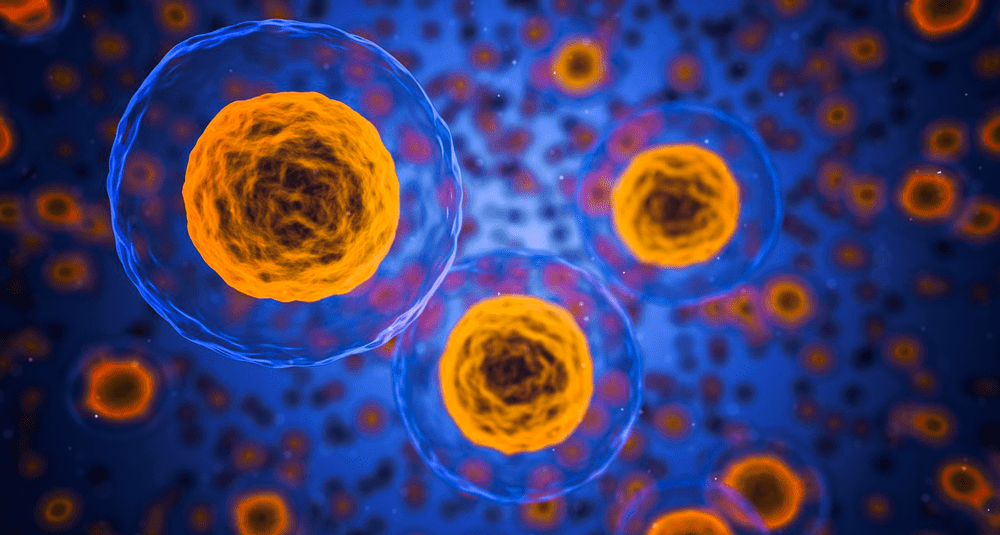
Which research area was voted Method of the Year by Nature Methods 2010?
2Optogenetics
1Quantitative genetics

🙌 Good answer
Optogenetics is a new field of research and application, combining optics with genetics. Optogenetics was developed by the Stanford neurologist and psychiatrist Karl Deisseroth and was voted method of the year according to Nature Methods 2010. It makes neurons sensitive to light by combining genetic engineering and optics.
Next question

😞 Wrong answer
Optogenetics is a new field of research and application, combining optics with genetics. Optogenetics was developed by the Stanford neurologist and psychiatrist Karl Deisseroth and was voted method of the year according to Nature Methods 2010. It makes neurons sensitive to light by combining genetic engineering and optics.
Next question
sciences
/ 10
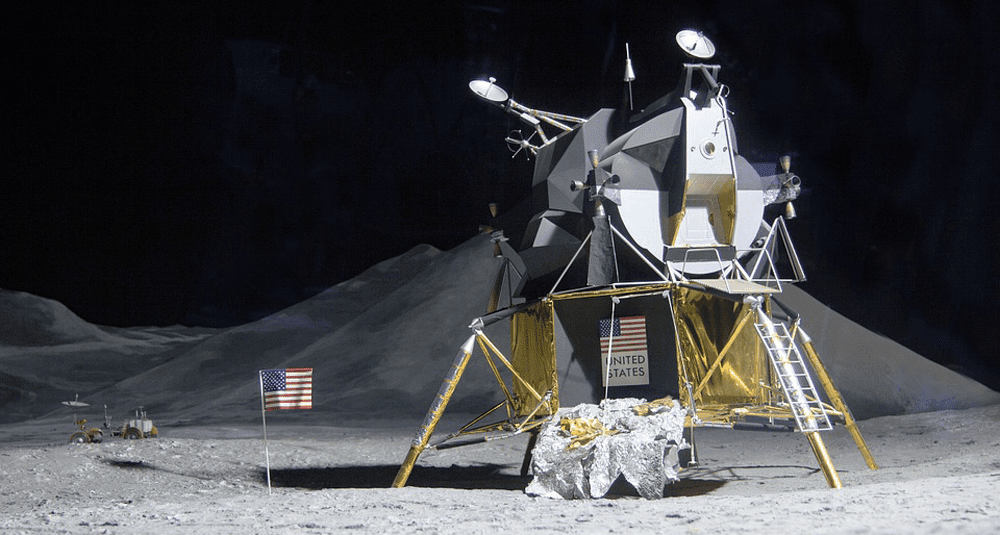
Who was the first man to walk on the moon?
2Neil Armstrong
1Buzz Aldrin

🙌 Good answer
The first man to walk on the Moon was Neil Armstrong. He accomplished this historic feat on July 20, 1969, during NASA's Apollo 11 mission.
Next question

😞 Wrong answer
The first man to walk on the Moon was Neil Armstrong. He accomplished this historic feat on July 20, 1969, during NASA's Apollo 11 mission.
Next question
sciences
/ 10
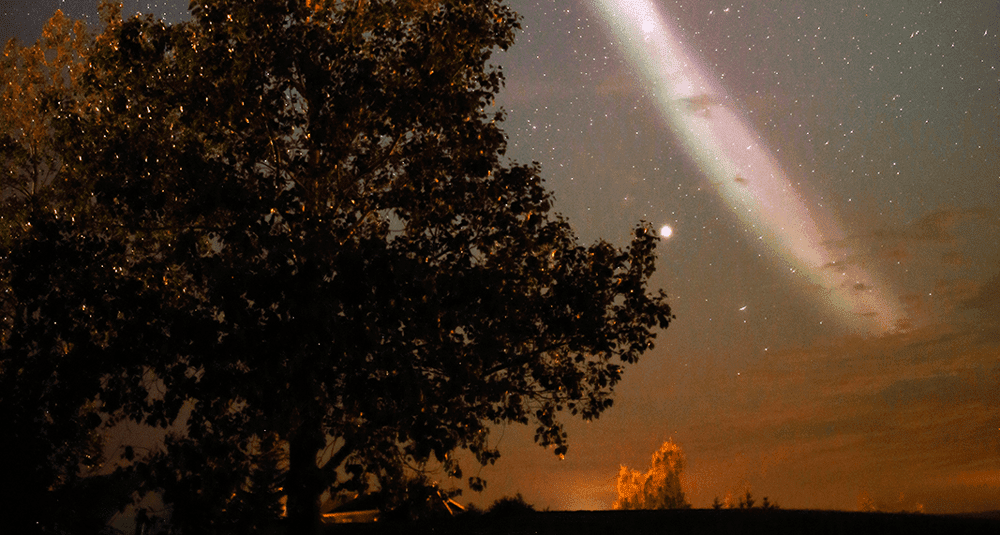
What atmospheric phenomenon has been reported by amateurs and then by NASA in 2015?
2Steve
1Novaya Zemlya

🙌 Good answer
Steve, Strong Thermal Emission Velocity Enhancement by retroacronymy, is a luminous phenomenon reported from 2015 onwards. It takes the form of a thin bright purple ribbon associated with green, adopting an east-west alignment. Its appearance is thus reminiscent of a polar aurora, although it is observed below the auroral zone.
Next question

😞 Wrong answer
Steve, Strong Thermal Emission Velocity Enhancement by retroacronymy, is a luminous phenomenon reported from 2015 onwards. It takes the form of a thin bright purple ribbon associated with green, adopting an east-west alignment. Its appearance is thus reminiscent of a polar aurora, although it is observed below the auroral zone.
Next question



